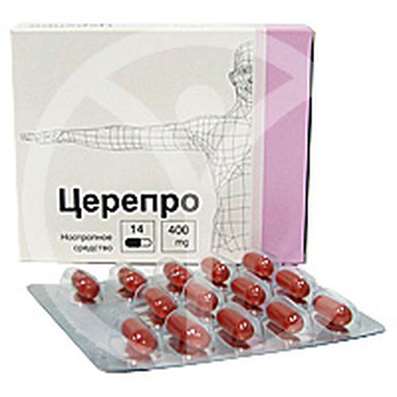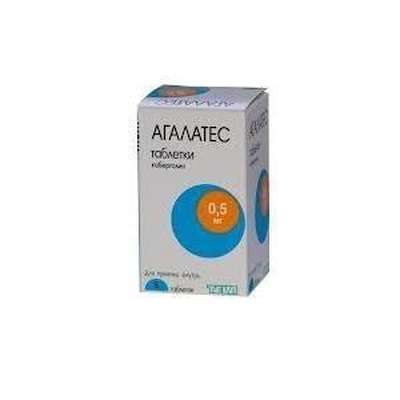Instruction for use: Isotretinoin (Isotretinoinum)
I want this, give me price
Pharmacological group
dermotropic means
Nosological classification (ICD-10)
L21 Seborrheic dermatitis
Dermatitis seborrheic, Increased sebum separation, Seborrheic Eczema, Seborrheic dermatitis of the scalp, Seborrheic pyodermatitis, Seborrhea, Eczema seborrheic
L70 Acne
Acne nodulocystica, Acne, Comedone acne, Acne Treatment, Papulous pustular acne, Papulopustulicular acne, Papulo-pustular acne, Acne, Acne Disease, Acne, Acne vulgaris, Nodular-cystic acne, Nodular-cystic acne
L70.0 Acne vulgaris
Ugropodobnye rashes, Congenital youthful acne, Acne vulgaris, Acne vulgaris, Common Acne, Acne draining, Youthful pimples, Youthful Acne, Acne youthful
L71 Rosacea
Pink acne, Acne Red, Acne pink, Redheads
L71.0 Periodic dermatitis
Dermatitis perioralis
Code CAS 4759-48-2
Characteristics of Isotretinoin
Yellow-orange or orange crystalline powder. Molecular weight is 300.44.
Pharmacology
Pharmacological action - anti-inflammatory, anti-seborrheic, dermatoprotective, A-vitamin-like, anti-acne.
Normalizes terminal differentiation of cells, inhibits the proliferation of the epithelium of the ducts of the sebaceous glands, the formation of detritus, facilitates its evacuation. Reduces production and facilitates the release of sebum.
When administered, absorption is variable, bioavailability is low and variable; reception together with food increases bioavailability by 2 times. Tmax - 2-4 hours Binding to blood plasma proteins (mainly with albumin) - 99.9%. Metabolized with the formation of three major biologically active metabolites - 4-oxo-isotretinoin (the main metabolite), tretinoin and 4-oxo-retinoin, as well as less significant metabolites, including glucuronides. Since in vivo isotretinoin and tretinoin are reversibly converted into each other, the metabolism of tretinoin is associated with the metabolism of isotretinoin. 20-30% of the dose of isotretinoin is metabolized by isomerization. In the pharmacokinetics of isotretinoin in humans, an important role may be played by enterohepatic circulation. In vitro studies have shown that isozretinoin metabolism involves isozymes CYP2C8, CYP2C9, CYP3A4 and CYP2B6 cytochrome P450. T1 / 2 isotretinoin - 19 hours, 4-oxo-isoretinoin - 29 hours. It is excreted by the kidneys and with bile in approximately equal amounts.
Application of Isotretinoin
For oral administration and rectal administration: severe forms of acne (nodular-cystic, conglobata, acne with risk of scarring); acne, not amenable to other types of therapy.
For topical application: acne vulgaris, seborrheic dermatitis, rosacea, perioral dermatitis.
Contraindications
Hypersensitivity, for oral and rectal administration: pregnancy, established or planned (possibly teratogenic and embryotoxic action), breastfeeding period, hepatic insufficiency, hypervitaminosis A, severe hyperlipidemia, concomitant tetracycline therapy; for rectal administration (in addition): rectal diseases; for topical application: it is not recommended to apply to large areas of the skin during pregnancy, breastfeeding and women planning a pregnancy.
Restrictions for use
For systemic use: diabetes mellitus, history of depression, obesity, lipid metabolism disorder, alcoholism.
pregnancy and lactation
Contraindicated in pregnancy (teratogenic and embryotoxic action).
The action category for the fetus by FDA is X.
For the duration of treatment, breastfeeding should be discontinued.
Side effects of Isotretinoin
System Effects
From the nervous system and sensory organs: excessive fatigue, headache, increased intracranial pressure (pseudotumor brain: headache, nausea, vomiting, impaired vision, edema of the optic nerve), convulsive attacks, xerophthalmia, isolated cases of visual impairment, photophobia, disturbance of dark adaptation (reduction of sharpness of twilight vision); rarely - depression, psychosis, suicidal thoughts, violation of color perception (passes after drug discontinuation), lenticular cataract, keratitis, blepharitis, conjunctivitis, eye irritation, optic neuritis; hearing impairment at certain audio frequencies.
On the part of the digestive tract: dryness of the oral mucosa, bleeding from the gums, inflammation of the gums, nausea, diarrhea, inflammatory bowel disease (colitis, ileitis), bleeding, pancreatitis (especially with concomitant hypertriglyceridemia above 800 mg / dL). Rare cases of pancreatitis with fatal outcome are described, transient and reversible increase in hepatic transaminase activity and individual cases of hepatitis (in many of these cases, the changes did not go beyond the limits of the norm and returned to the baseline during treatment, however, in some situations, it was necessary to reduce the dose or cancel the drug ).
On the part of the hematopoiesis system: anemia, a decrease in hematocrit, leukopenia, neutropenia, an increase or decrease in the number of platelets, an acceleration of the ESR.
On the part of the respiratory system: rarely - bronchospasm (more often in patients with bronchial asthma in the anamnesis).
On the part of the musculoskeletal system: muscle pain with elevated serum levels of CK in serum or without it, joint pain, hyperostosis, arthritis, calcification of ligaments and tendons, tendonitis.
Skin: peeling of the skin of the palms and soles, rash, itching, face eruptions / dermatitis, sweating, pyogenic granuloma, paronychia, onychodystrophy, increased proliferation of granulation tissue, persistent thinning of hair, reversible hair loss, fulminant forms of acne, hirsutism, hyperpigmentation, photosensitization, slight trauma of the skin. At the beginning of treatment, there may be an exacerbation of acne, which lasts for several weeks.
Effects caused by hypervitaminosis A: dry skin, mucous membranes, incl. lips (cheilitis), nasal cavity (bleeding), larynx and pharynx (hoarseness), eye (conjunctivitis, reversible corneal opacity and intolerance of contact lenses).
Other: lymphadenopathy, hematuria, proteinuria, vasculitis (systemic hypersensitivity, glomerulonephritis, local or systemic infections caused by gram-positive pathogens (Staphylococcus aureus) hyperglycemia.
With external application: passing reddening of the skin, new rashes from the 2nd week of treatment, not requiring withdrawal of the drug, allergic reactions; possible (with prolonged use) - cheilitis, conjunctivitis, dryness and peeling of the skin.
Interaction
The simultaneous use of isotretinoin with other retinoids (including acitretin, tretinoin, retinol, adapalen) increases the risk of hypervitaminosis A. Since tetracyclines increase the risk of increased intracranial pressure, concomitant use with isotretinoin is contraindicated (several cases of pseudotumor development have been reported). Isotretinoin can weaken the action of progesterone, therefore, during the treatment with isotretinoin, contraceptives containing small doses of progesterone should not be used. Simultaneous use with drugs that increase photosensitivity (including sulfonamides, tetracyclines, thiazide diuretics) increases the risk of sunburn.
The effect of the ointment is weakened by the simultaneous use of antibiotics of the tetracycline group, as well as the local application of glucocorticoids.
Routes of administration
Inside, externally, rectally.
Precautions for Isotretinoin
During the therapy, it is necessary to control the level of lipids, glucose, liver function. Patients with diabetes are encouraged to conduct more frequent monitoring of blood glucose.
Women of reproductive age need to apply reliable contraceptive measures for 4 weeks before, during and for 1 month after the end of treatment. In case of pregnancy, it should be interrupted for medical reasons.
In the event of colitis, visual impairment and symptoms of the pseudotumor, the treatment is stopped. If a pseudo-tumor of the brain is suspected, a neurologic examination is performed.
Do not prescribe isotretinoin to patients receiving other drugs from the retinoid group (to avoid hypervitaminosis A).
It is necessary to avoid high insolation, incl. UV therapy.
In the treatment of isotretinoin, a decrease in the tolerability of contact lenses is possible. Patients who wear contact lenses should wear eyeglasses in case of side effects.
Do not apply ointment on the skin around the eyes and with severe acute inflammation; Do not apply to mucous membranes.

 Cart
Cart





